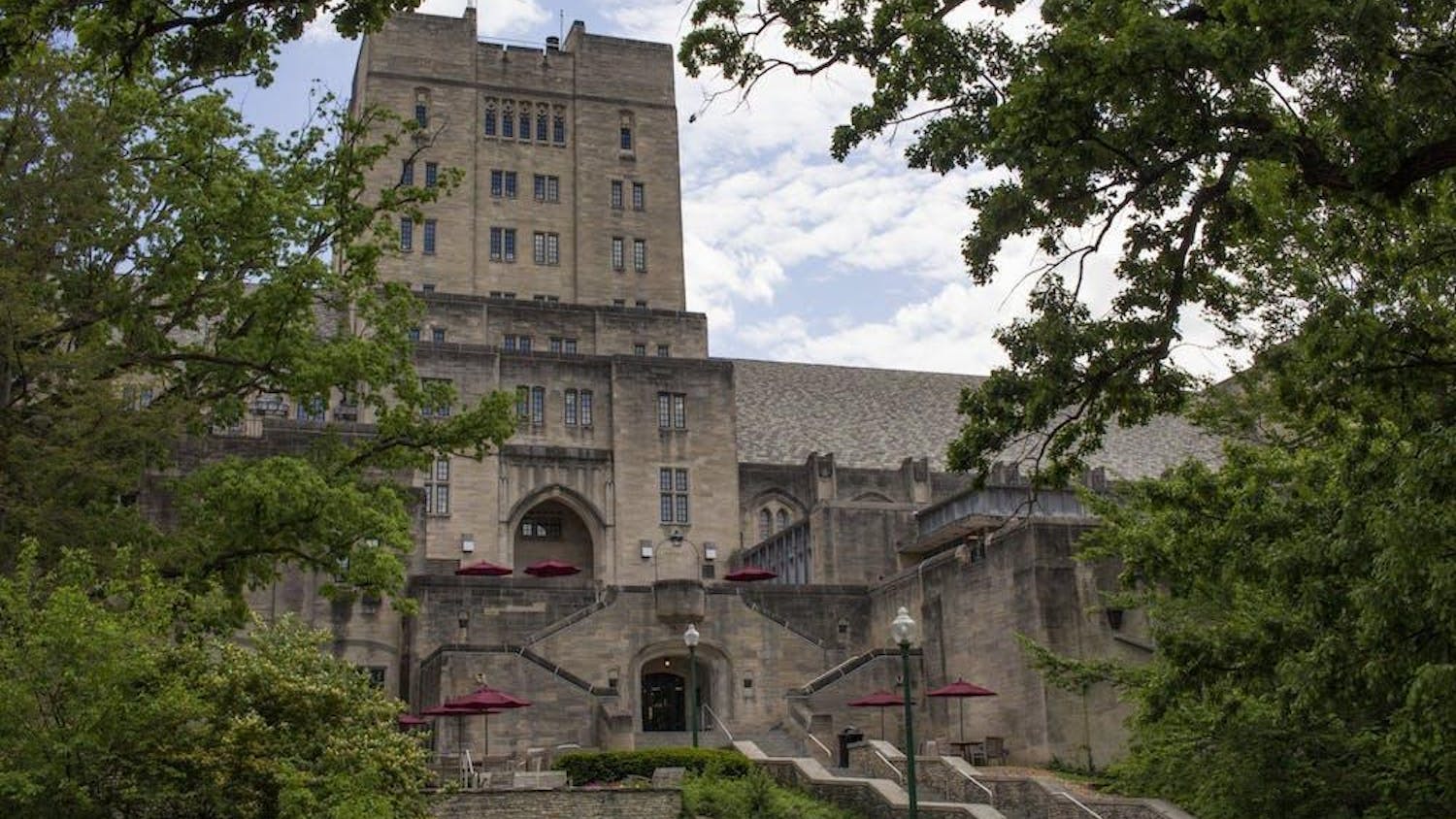Researchers at IU’s School of Medicine may have discovered a way to cure testicular cancer in patients who do not respond to initial chemotherapy, according to a report in the New England Journal of Medicine. The treatment calls for high doses of chemotherapy followed by infusions of the patients’ own peripheral-blood stem cells.\nThe report, authored by several researchers, including renowned oncologist Dr. Lawrence Einhorn, stated that 116 of the 184 patients involved in the study went into complete remission after being treated.\n“Testicular tumors are potentially curable by means of high-dose chemotherapy plus hematopoietic stem-cell rescue, even when this regimen is used as a third-line or later therapy or in patients with platinum-refractory disease,” the report concluded.\nThe report concluded that this experimental method of treating patients with metastatic testicular cancer that had progressed even after receiving “cisplatin-containing combination chemotherapy” proved effective in defeating the disease.\nEinhorn, a distinguished professor and the Lance Armstrong Foundation Professor of Oncology in the IU School of Medicine, authored the study. \nEinhorn, a leader in testicular cancer research who helped cure seven-time Tour de France winner Lance Armstrong during his now-famous bout with the disease, developed a method of successfully treating testicular cancer in the 1970s by mixing chemotherapy with a drug considered experimental at the time. The regimen has proven quite effective, making testicular cancer one of the most curable forms of all malignancies. \nThe overall cure rate for testicular cancer is in the range of 90 percent, according to www.webmd.com. Even after the malignancy has spread, about 70 percent of patients still respond to treatment and are cured of the disease.\nThe report appears in the July 26 edition of the New England Journal of Medicine.
Study: IU researchers may have found cure for testicular cancer
New England Journal of Medicine report shows encouraging results
Get stories like this in your inbox
Subscribe





